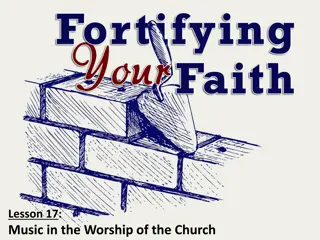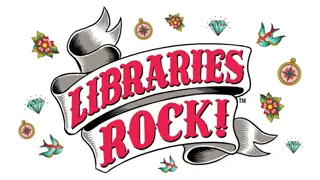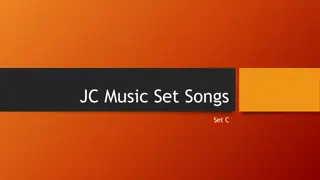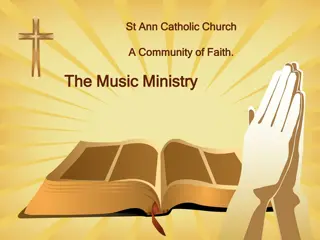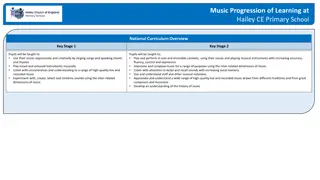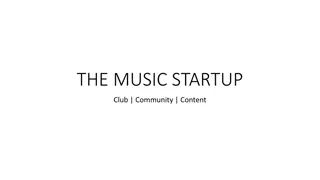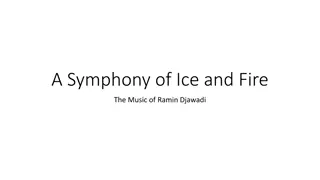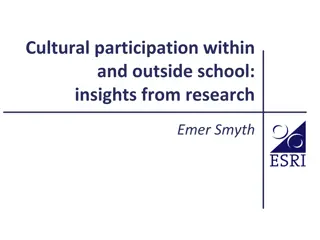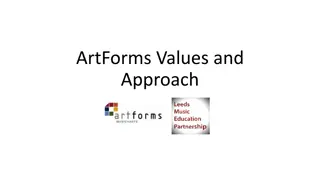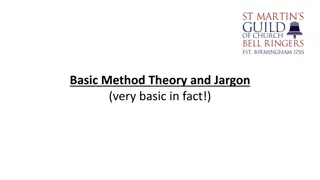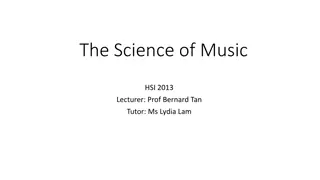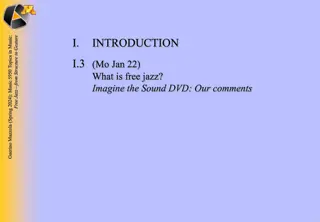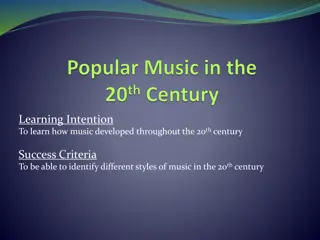Exploring Rhythm Composition in Music Education
Dive into the world of rhythm composition with key elements such as notation, time signatures, and rhythm vocabulary. Learn how to create engaging rhythm compositions, practice with partners, and develop essential music math skills. Let's compose together and enhance our musical creativity!
Download Presentation

Please find below an Image/Link to download the presentation.
The content on the website is provided AS IS for your information and personal use only. It may not be sold, licensed, or shared on other websites without obtaining consent from the author. Download presentation by click this link. If you encounter any issues during the download, it is possible that the publisher has removed the file from their server.
E N D
Presentation Transcript
CREATING A RHYTHM COMPOSITION Rhythm: The arrangement of long and short sounds within a beat. Composer: Someone who creates music. Notation: A set of written symbols used to represent music Composition: A piece of music
Rhythm Notation Vocabulary Whole Note Dotted Half Note Half Note Quarter Note Eighth Note Sixteenth Note Whole Rest Half Rest Quarter Rest Eight Rest
Notation Vocabulary Time Signature: Shows the beat of the music and how many beats per measure Bar line: Divides music into measures Double Bar Line: Shows the end of the composition Repeat Sign: Shows to repeat the composition or a section of the composition Measure: The group of music in between bar lines
Find the following in the composition: Whole Note Half Note Quarter Note Eight Note Sixteenth Note Time Signature Bar Line Measure Double Bar Line Repeat Sign
Complete this pyramid so that each line equals four beats. Remember each note has a different number value of beats. Whole= 4 beats Half= 2 beats Quarter= 1 beat Eighth= beat Sixteenth= beat
Can you add these music math problems?
Lets compose a Rhythm Composition together . Requirements: 4 measures long in 4/4 time. Use at least four different rhythms/rests. Make a final- sounding ending.
Rhythm Packet Practice With a partner create four measures of rhythm in 4/4 time. When done, raise your hand for me to check the math. If correct, practice counting what you created while clapping the rhythm together (Help each other you should sound like one person!). Make sure you are starting together, staying together and stopping together.
Rhythm Composition #1 Task: Create, notate and perform a rhythm composition with a partner. Step 1 Using the rhythm packets, create a rhythm composition with your partner. As you create, work together towards an interesting composition Step 2 Notate your composition clearly so that anyone else could read and perform it. Reflect on the Notating your Composition Rubric before handing in your composition. Hand in final copy. Step 3 You will get your final copy of your composition back. Select rhythm instruments to perform your composition for the class. Practice, reflecting on the Performing your Composition Rubric Perform your composition from your notation with instruments. Composition Requirements: 4 measures long in 4/4 time. Use at least four different rhythms/rests. Make a final- sounding ending.
Notating your Composition Rubric Exceeds Meets Progressing Needs Work Our composition meets all the requirements. Our composition is missing some of the requirements. We noted rhythms on the paper but we did not demonstrate an accurate understanding of rhythm. Our composition is interesting. Thought was put into the sound and flow of the piece. Our composition is neatly notated. The notation of our composition is hard to read or notated incorrectly. Our composition is notated clearly and neatly. Our time spent composing and notating was used wisely. We did not work well together or use our time spent composing and notating wisely. We could have used our time spent composing and notating better. Our time spent composing and notating was used wisely and to the fullest!
Performing Your Composition Rubric Exceeds Meets Progressing Needs Work The performance of our notation was played with ease. The performance of our notation was accurate. We played what we wrote. The performance of our notation was accurate for the most part. We played what we wrote with a few mistakes BUT We did not maintain a steady beat (the tempo sped up or slowed down) OR The performance of our notation was incorrect for most of the performance. Our counting of the rhythm was precise and together. We maintained a steady beat throughout the performance (The tempo did not change). We lost our place in the music. Our time spent practicing was used wisely and to the fullest! We did not demonstrate an understanding of counting rhythm. We started together, stayed together and stopped together. We did not start together, stay together or stop together OR We did not work well together or use our practice time wisely. Our counting of the rhythm was correct. Our counting of the rhythm was incorrect a We used our practice time wisely. We could have used our practice time better.
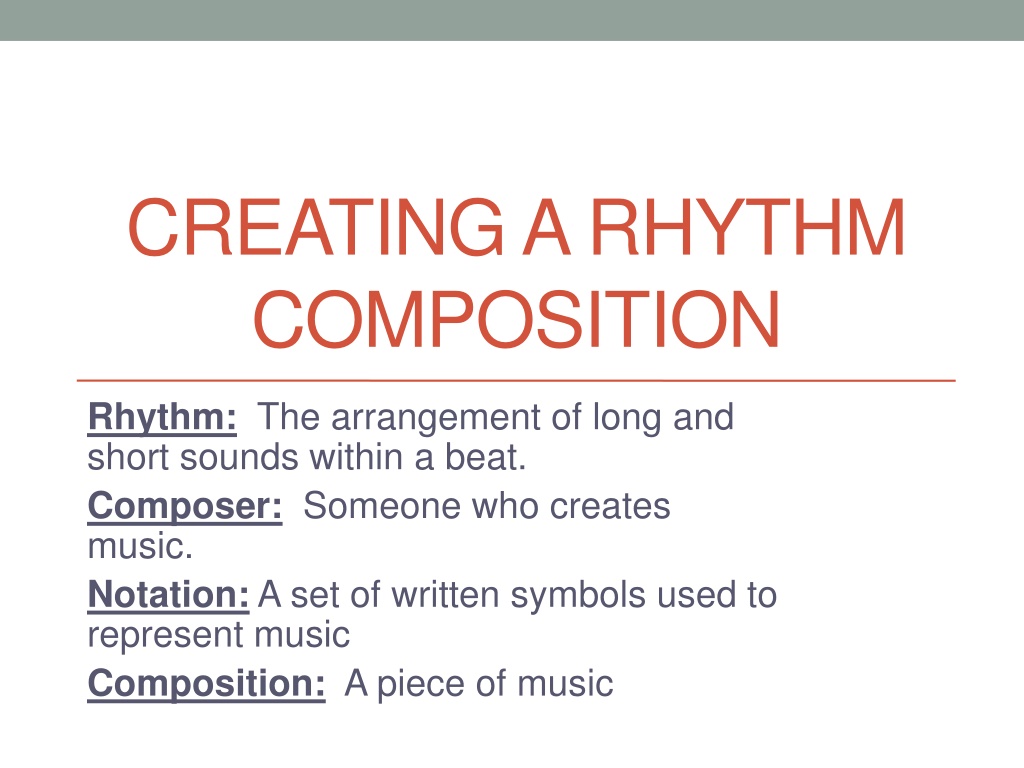

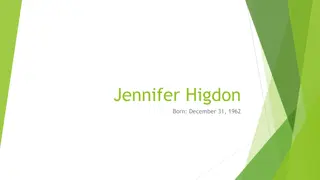
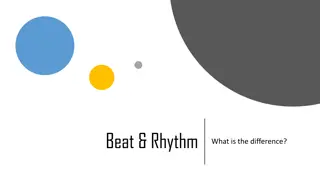
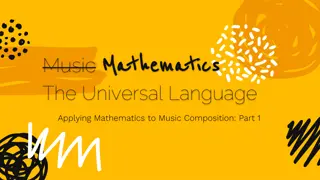
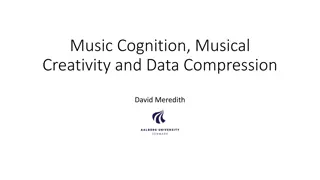
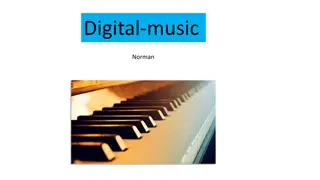
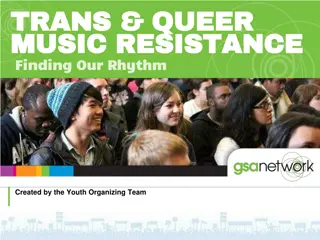
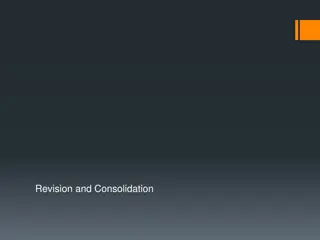
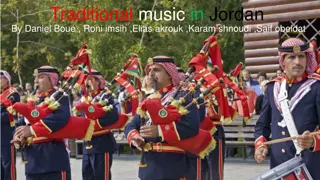
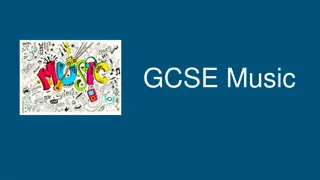
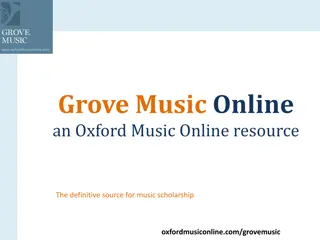
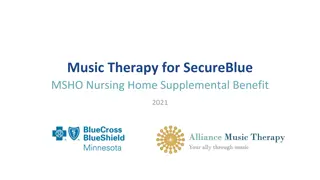
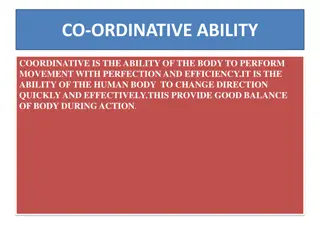
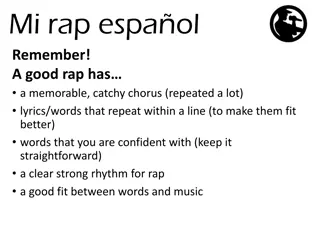
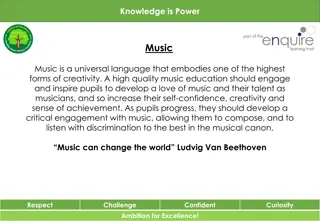
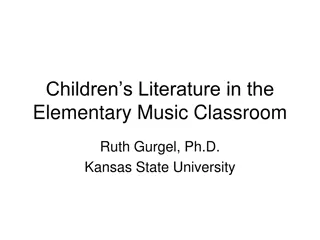
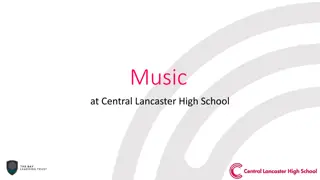
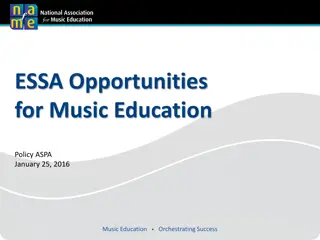
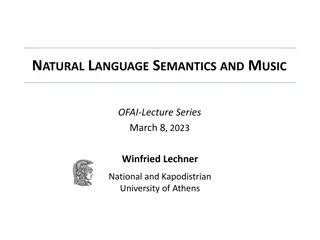
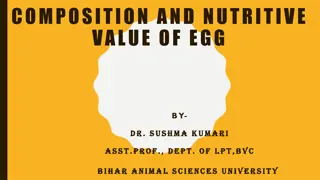
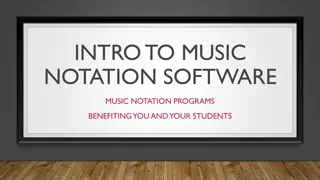
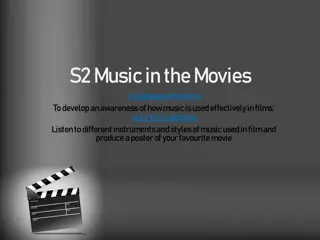
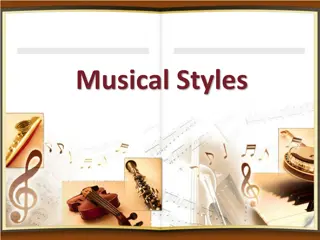
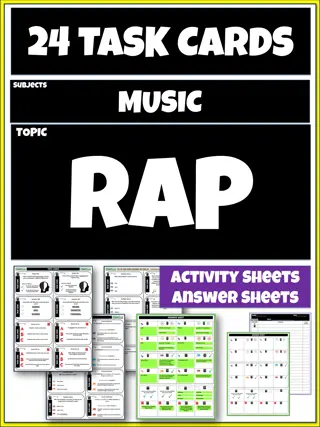
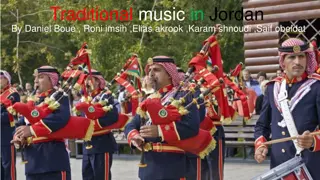
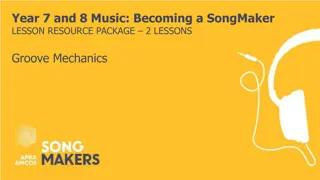
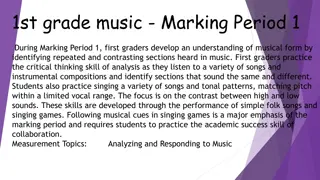
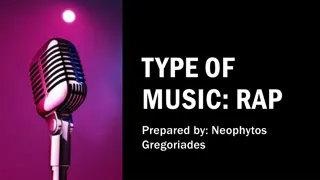
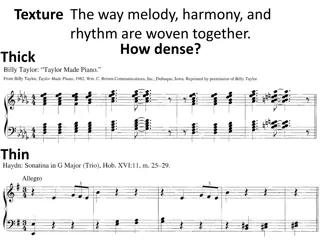
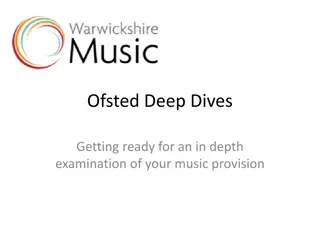
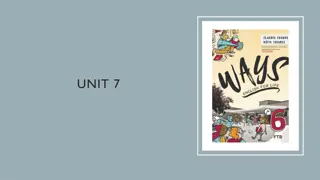
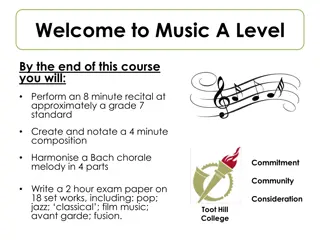
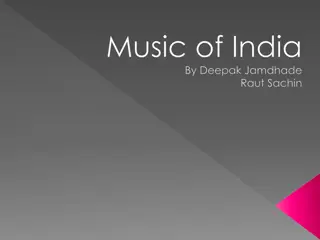
![Explore the Exciting World of Live Music Through [Insert Town/City] Census!](/thumb/148894/explore-the-exciting-world-of-live-music-through-insert-town-city-census.jpg)
